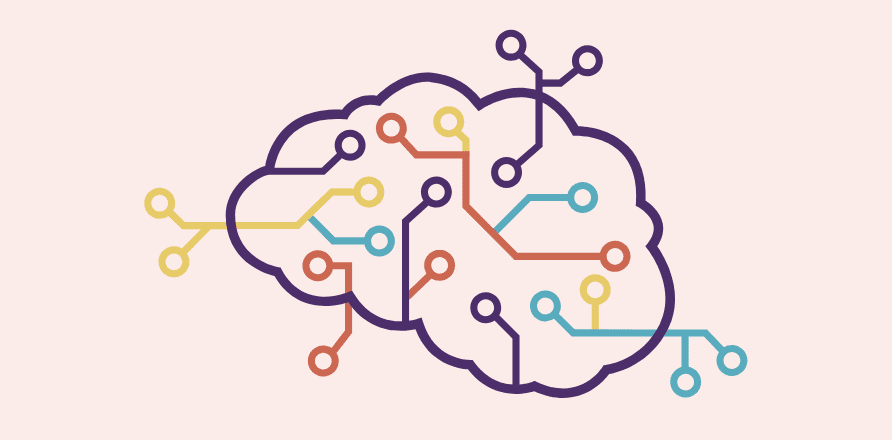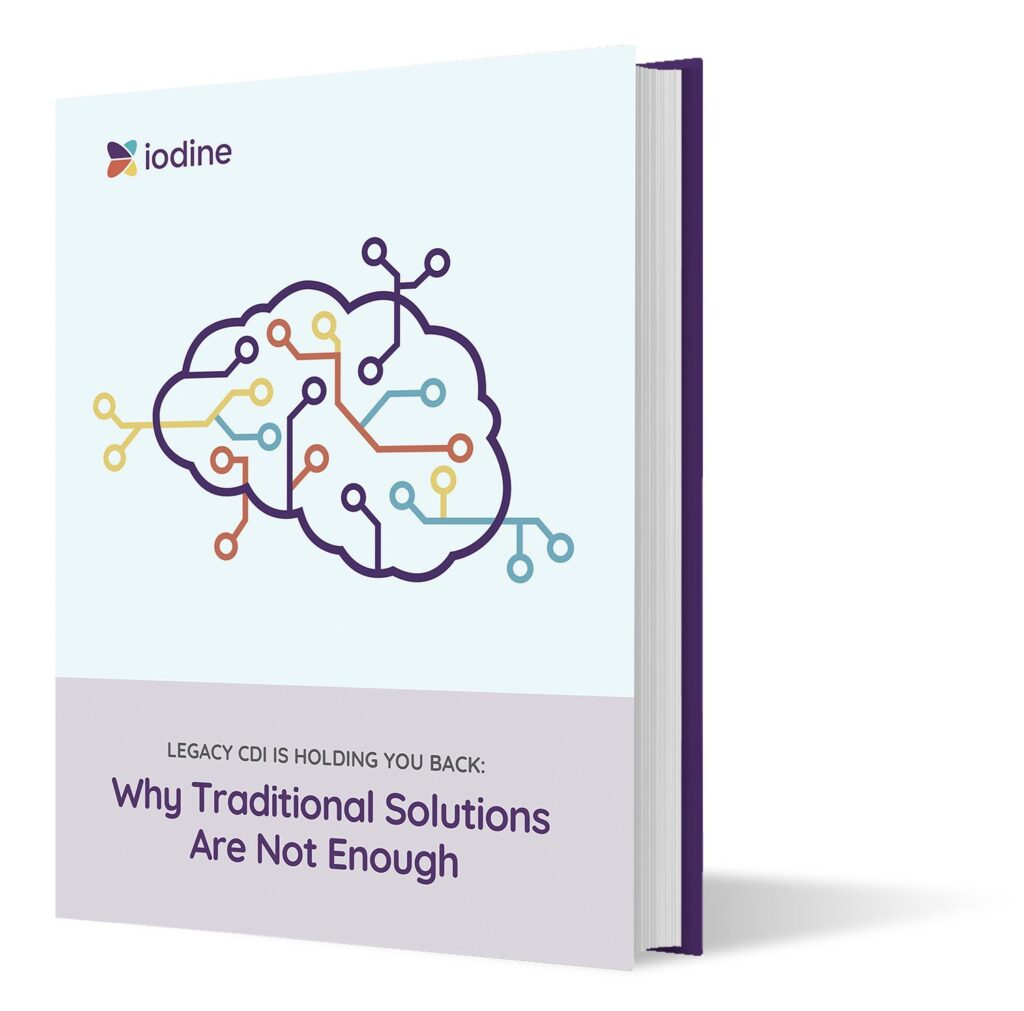Why Your Hospital CDI Program Needs an AI-Upgrade

Clinical documentation is no longer just administrative overhead—it’s a strategic engine that drives hospital performance. From reimbursement to risk adjustment to care quality scores, nearly every hospital metric depends on accurate documentation. However, many hospital CDI programs are operating on outdated processes, strained teams, and legacy systems that struggle to keep pace with today’s healthcare complexity. It’s time for a smarter, more scalable approach.
Want to learn more about the impacts of AI clinical documentation integrity software?
Download our eBook: Legacy CDI Is Holding You Back: Why Traditional Solutions Are Not Enough

Your Hospital CDI Program has a Documentation Bottleneck
A hospital CDI program underpins strategic priorities across the organization. Poor documentation can lead to denied claims, missed comorbidities, lower case mix index (CMI), poor quality ratings, and weakened payer trust. Incomplete charts also disrupt continuity of care and undercut team-based clinical decision-making.
In short, if it’s not documented, it didn’t happen—and outdated CDI programs are the silent bottleneck blocking revenue and care performance.
Unfortunately, There’s Not an “Easy” Fix
Many hospitals already recognize the value of improving their documentation, but meaningful change is easier said than done. Why?
- The Physician Disconnect: Physicians aren’t trained to document with coding in mind. A single word choice can dramatically alter diagnosis coding, reimbursement, or query volume. Coders, meanwhile, can’t interpret intent—they can only code what’s explicitly written. This creates endless cycles of clarification queries.
- A Workforce Shortage: Industry standards recommend one CDI specialist for every 1,250–1,500 admissions, resulting in a need for more than 23,000 professionals nationwide. But fewer than 7,000 credentialed CDI experts are available, making it impossible to staff up fast enough.
- Technology Gaps: Legacy CDI platforms rely on static, rules-based workflows that fail to adapt to evolving payer guidelines or clinical language. These systems lack nuance, struggle to scale, and add to the administrative burden rather than alleviating it.
Hospitals’ CDI programs require adaptable and scalable tools to enhance documentation integrity and meet the evolving needs of modern healthcare.
Still Relying on Traditional CDI? It’s Time for a Change
Old-school documentation tools are costing you revenue, rankings, and outcomes. Discover smarter ways to optimize documentation and outcomes.
It’s Time to Upgrade Your Hospital’s CDI Program with AI
To move beyond these challenges, hospitals need AI-enhanced CDI tools that support, rather than replace, human decision-making. Solutions like Iodine Software’s AwareCDI™ use machine learning (ML), large language models (LLMs), and natural language processing (NLP) to:
- Uncover missed comorbidities and diagnoses
- Improve response times on queries
- Reduce denied claims
- Improve documentation without adding headcount
- Cut down on low-value work and reduce burnout
The result? A hospital CDI program that enables fewer people to get more done—without sacrificing accuracy.
As healthcare becomes increasingly data-driven, the importance of accurate documentation will continue to grow. Yet hospitals continue to rely on outdated tools and workflows that were never built for today’s pace or complexity. Without scalable, intelligent solutions, the disconnect between clinical care and operational efficiency will continue to grow—and patients, providers, and finances will all suffer as a result.
Still Relying on Traditional CDI? It’s Time for a Change
Old-school documentation tools are costing you revenue, rankings, and outcomes. Discover smarter ways to optimize documentation and outcomes.
But it doesn’t have to be that way. AI-enabled documentation offers a path forward: one that aligns teams, improves outcomes, and helps hospitals capture the full value of patient care.